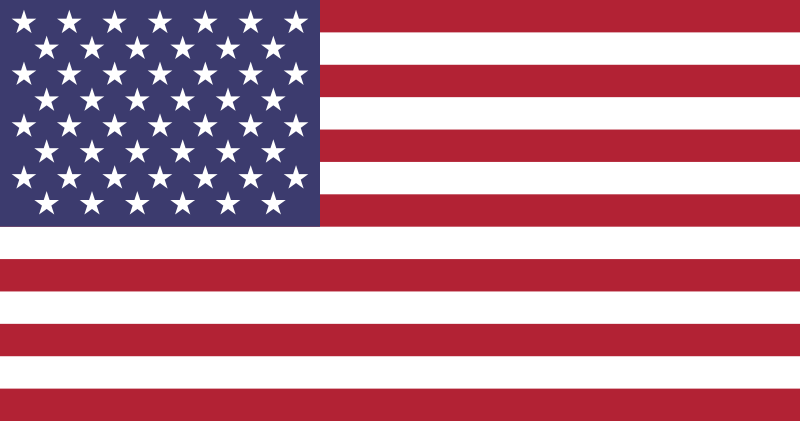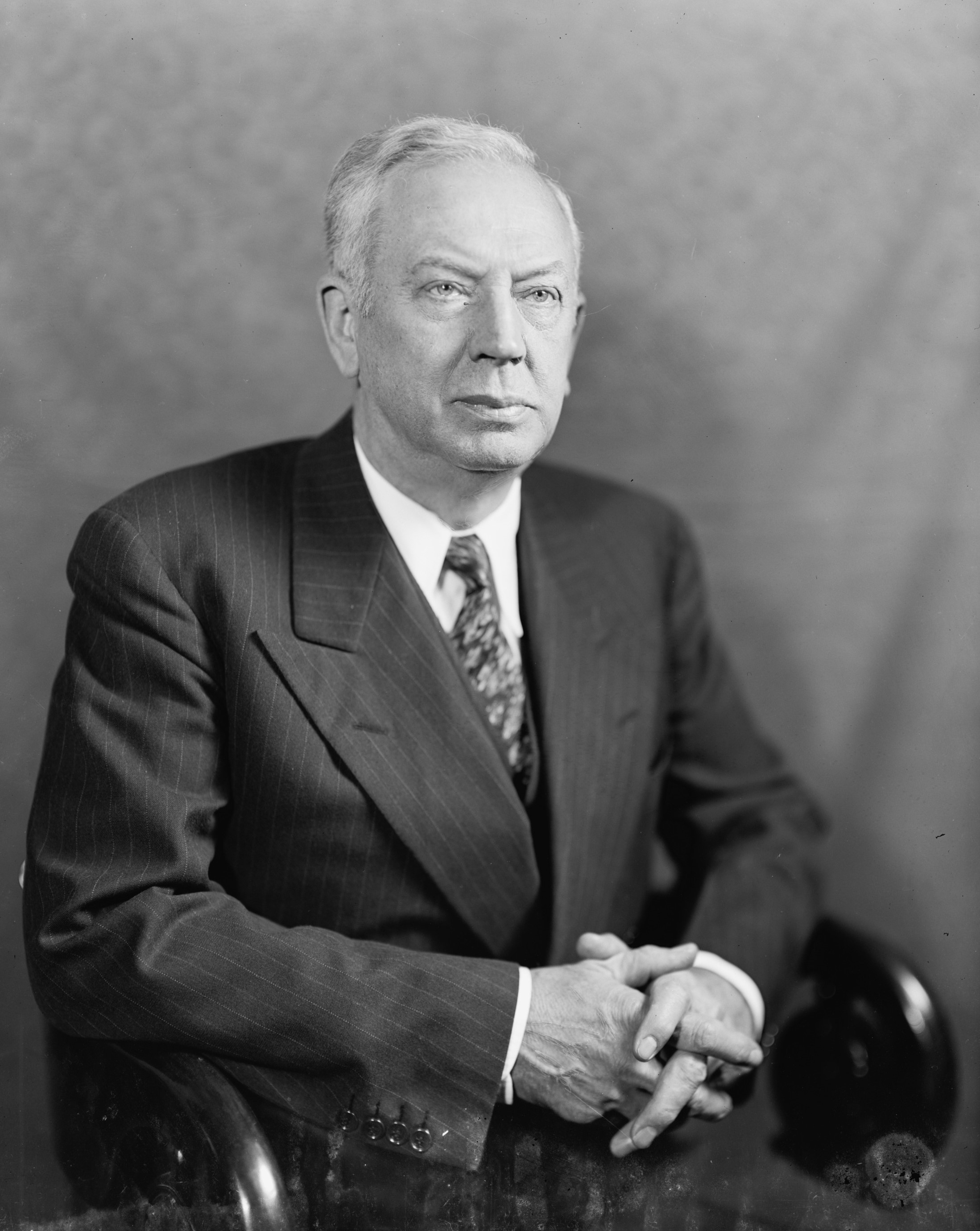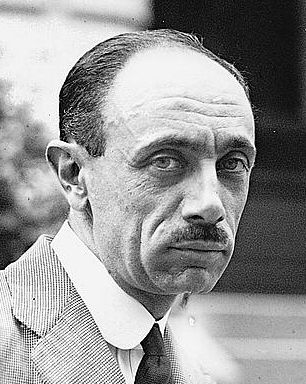Actually the phrase "In God We Trust" predates the PoD as well. The phrase comes from Francis Scott Key's Star Spangled Banner. It's in one of the stanzas that are almost never sung. So it could be "In God We Trust" but that depends on how popular Key's song is ITTL.
Very True. I was aware that "In God We Trust" or according to Wikipedia "...And this be our motto: 'In God is our trust'." was part of Francis Scott's Key's The Star Spangled Banner. Wiki says that "In God We Trust" didn't appear on U.S. coins until 1864. So I agree that it is possible for "In God We Trust" to be on U.S. Currency in the TL. However, with The Battle Cry of Freedom being the national anthem in TUF, The Star Spangled Banner, either the poem or song version, is probably not very well known. Therefore I would find it unlikely if "In God We Trust" made onto American money in the TL.



